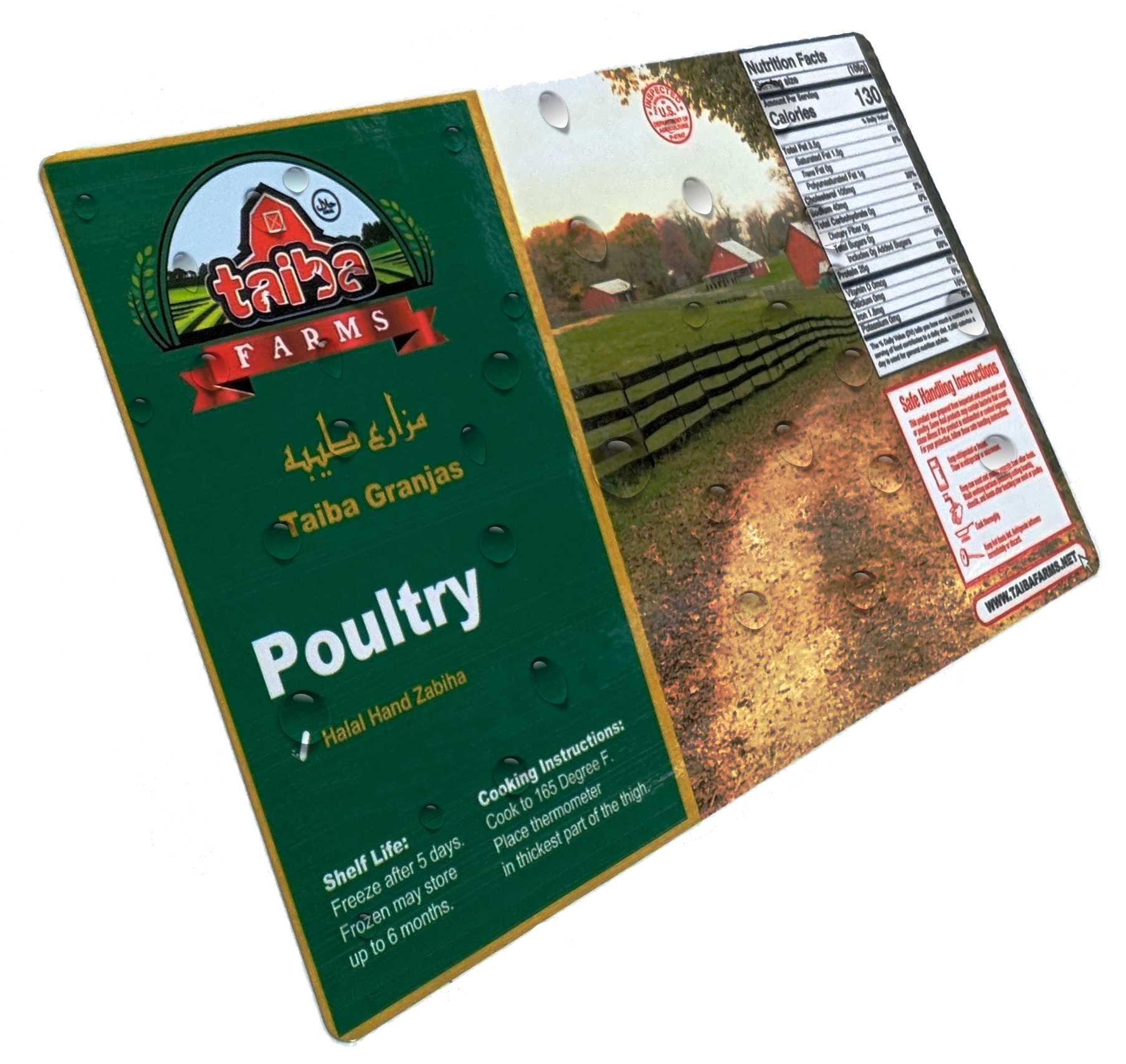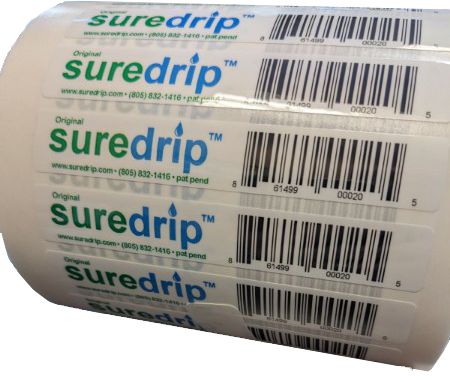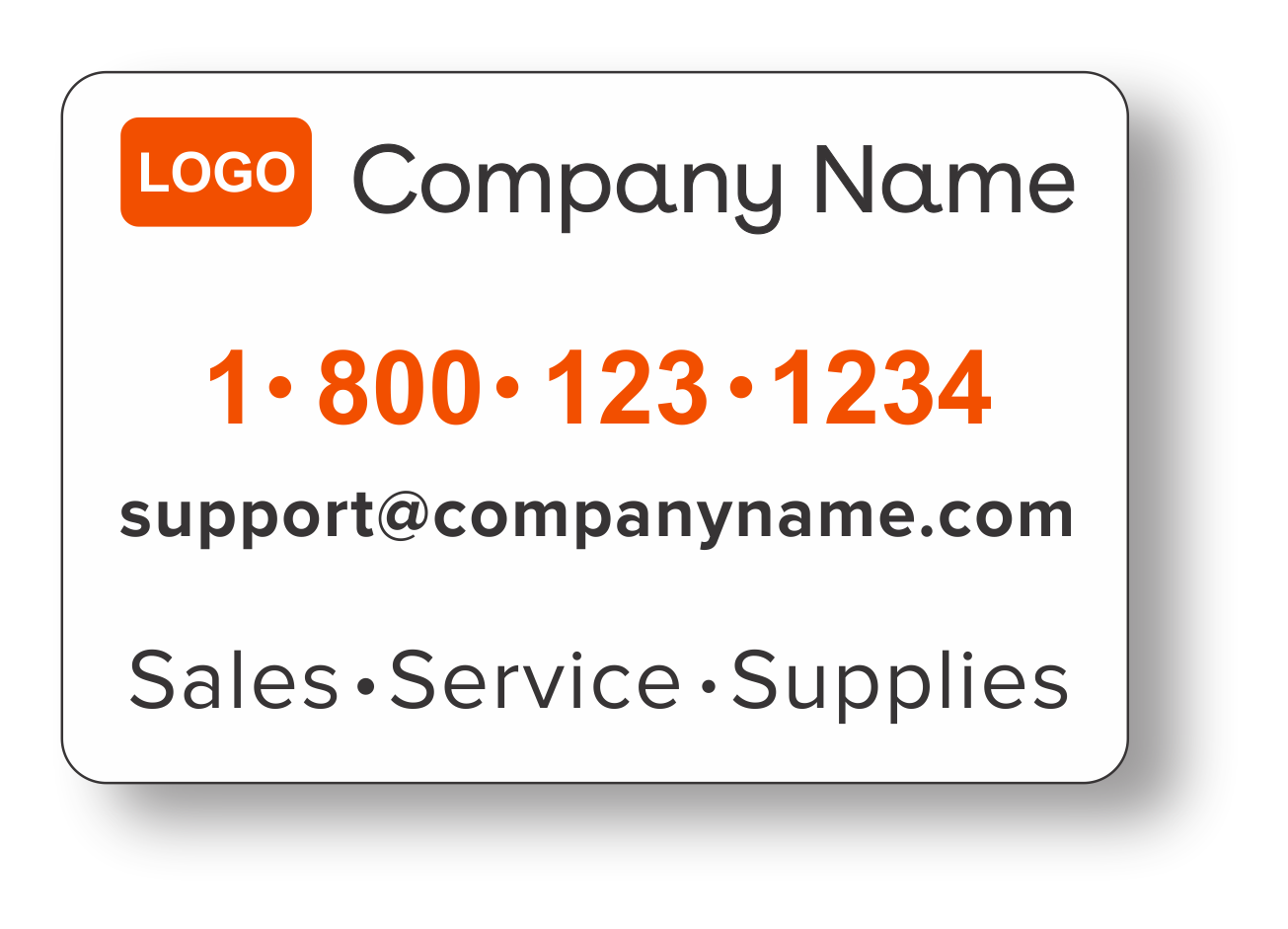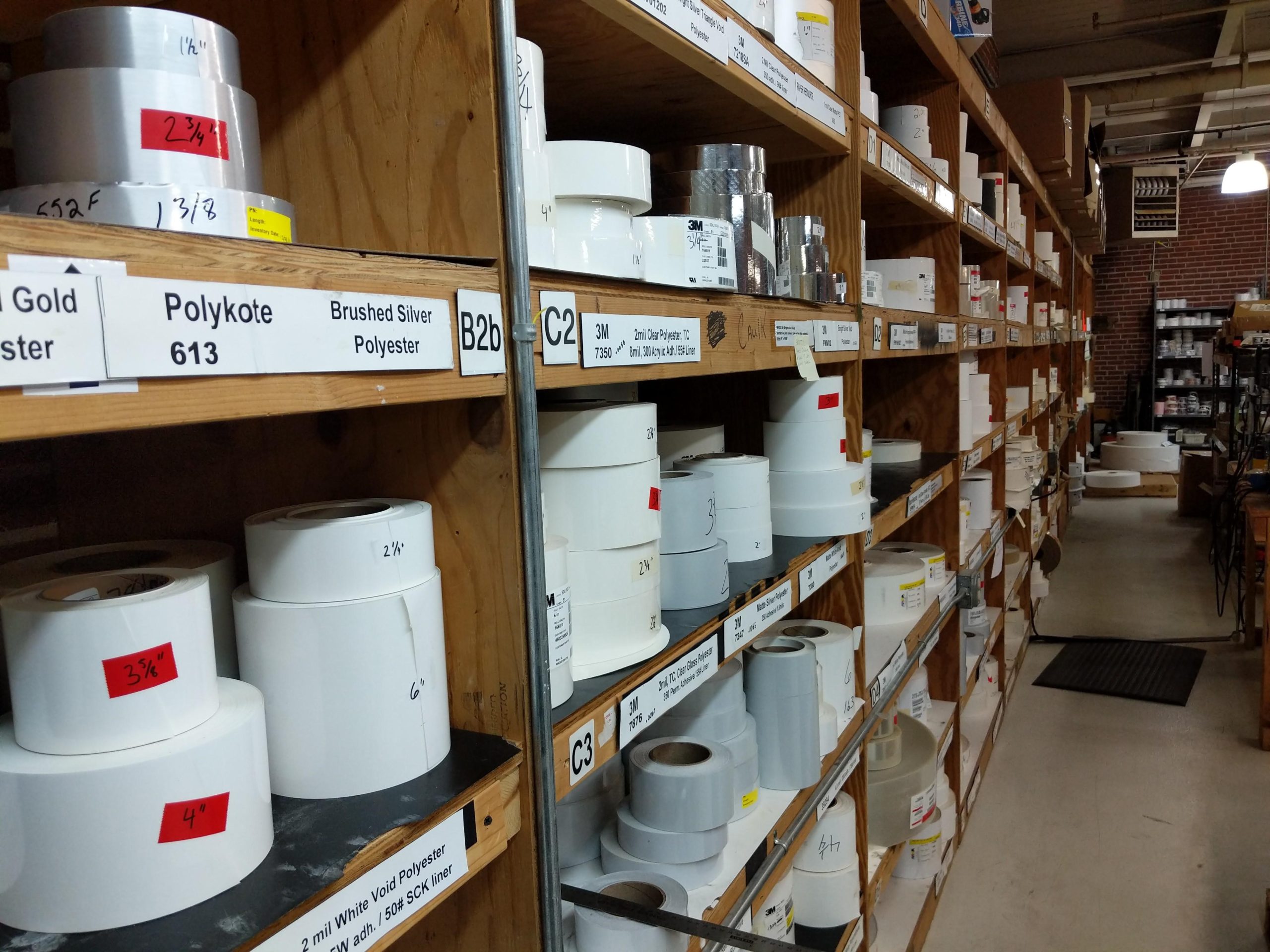
Serialized Numbered Barcode Labels
Adding serialization to your labels creates an easy way to track individualized parts, products or assets during their circulation.
The first consideration when starting to serialize labels is how will the data be used? Questions you should ask are:
- Are the serial numbers strictly a set of serialized digits i.e. 100001 or do they convey some meaning i.e. AB111410001 where 1114 could represent the date of production?
- Are you starting off with enough characters? If you start out with 0001 what happens when you need number 10000 somewhere in the future?
If you are printing a serialized barcode, additional questions you may want to consider are: - Is the human readable text the same as what is embedded in the barcode? You may not want the general public to know exactly what is in the barcode so you may want the text to read differently.
- Dashes, spaces and other characters may make it easier for a human to read but how will it affect the database where the information is stored? Some characters are a real No No to some programs.
- Appending a check character to the end of a barcode can add an additional layer of security and help ensure it will not scan incorrectly.
Something else to watch for when adding variable data with alphanumeric text is that the length of your text can grow or shrink based on the width of the type. Always use your longest piece of data when planning for space on the labels.
Additional questions that you and your label printer need to agree on when adding serialization to your labels include:
- Are missing numbers allowed? Insisting that no labels are missing can cost you a lot of extra money. An optional way to handle this might be to allow an agreed upon percentage of missing numbers as long as a list accounting for each label is presented with the shipping documents.
- Font type, placement of human readable in relation to barcode should be laid out on a drawing to avoid any miscommunication.
Adding a serialized data element to your labels can give your organization a lot more insight into your products life cycle if you avoid some basic pitfalls.







